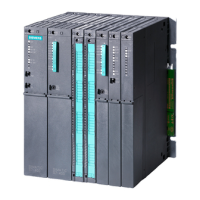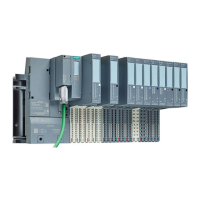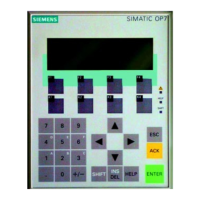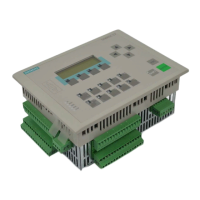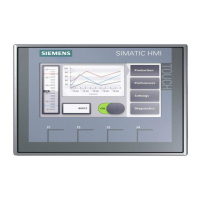Installation rules
The configuration always has to be symmetrical when using redundant I/O. Follow these
installation rules:
● The first module in Redundant I/O must be placed at an odd-numbered slot on a terminal
block (TB45...).
● Redundant modules are always identical (article number, firmware version, release)
,2
UHG
,2
UHG
,2
UHG
,2
UHG
,2
UHG
,2
UHG
Figure 4-1 Slot configuration by Redundant I/O
Configuration rules
Note
This type of redundant operation is possible only with certain I/O modules of the ET 200SP
HA. For additional information, please refer to the following documents:
● Documentation
PCS 7 - Released Modules
● Manual
Automation System S7-400H; High Availability Systems
Additional information
● Section "Redundant interface modules in distributed I/O (Page 45)"
● Section "Redundant I/O modules (Page 46)"
● System manual
Distributed I/O System; ET 200SP HA
● Manual
Automation System S7-400H; High Availability Systems
4.1.2 Switched I/O
Switched I/O
Switched I/O describes the situation when there is only one I/O module (SM) for processing a
process signal. The communication path to the I/O (station) is redundant. In the event that a
communication path fails, the distributed I/O (station) switches to the functioning
communication path. The non-redundant I/O modules of the distributed I/O can be addressed
via the redundant interface module (DP slave) of both central modules (CPU) of a high
availability system.
High availability solutions in PCS 7
4.1 Solutions for the I/O
High Availability Process Control Systems (V9.0)
42 Function Manual, 05/2017, A5E39221836-AA

